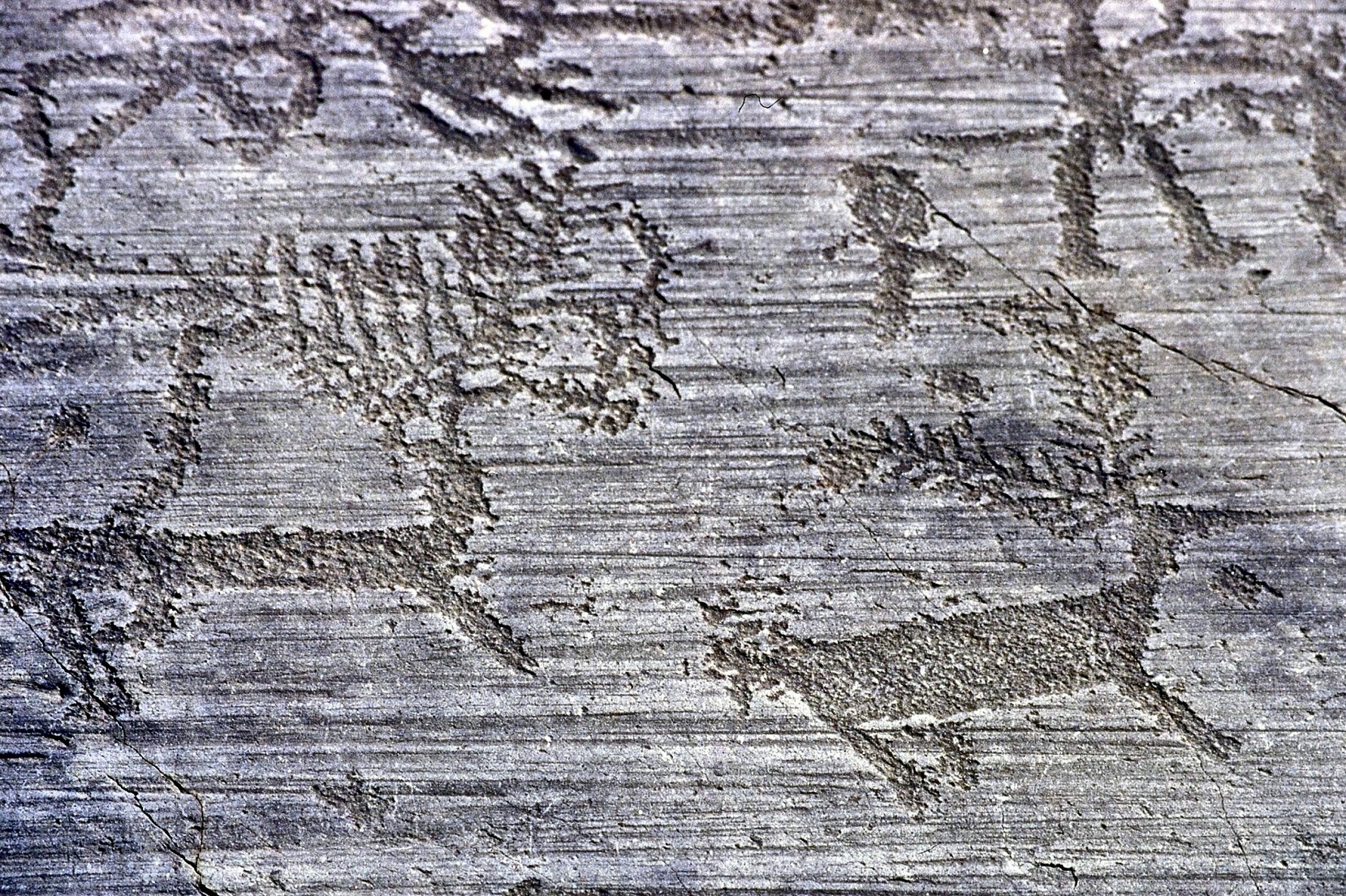Valcamonica has one of the world's largest collections of prehistoric petroglyphs: over one hundred and forty thousand symbols and figures carved into the rock over a period of about eight thousand years, depicting themes related to agriculture, navigation, war and magic. The rock engravings of Valcamonica, that in 1979 were the first Italian site to be recognized by UNESCO as a World Heritage site, represent a place of unique charm where the man and the environment have interacted since Prehistory, therefore named "the Valley of Signs".
The "Valley of Signs" can count on a patrimony distributed along the entire valley (between the provinces of Bergamo and Brescia) which includes over 180 places spread over 24 municipalities for a total of over two thousand historiated rocks. Currently there are eight parks that allow visitors to discover the Valley of signs and its history: a story carved in stones, where it is possible to admire hunters, warriors and peasants, carts, plows, horses, oxen, waterfowl, huts and medieval towers. The engravings on the rocks depict moments of the daily life of the inhabitants of the valleys, scenes of worship or dance. The great cycle of Camunian art goes from the end of the Upper Palaeolithic to the end of the first millennium BC. But the practice of engraving rocks continues even after the conquest of the valley by the Romans, and it has been preserved till the medieval and modern age.
Information on parks, opening hours, guided tours and on the UNESCO site are available by clicking this link
Starting from the shores of Lake Iseo and climbing the Valcamonica along the Oglio river, the first site you meet is the Municipal Park of Rock Engravings of Luine where you can admire the most ancient rock engravings of the Camuno cycle, dating back to the Mesolithic period, divided into three different paths. (here you can find information on the park). The first engravings were probably made by semi-nomadic hunters who lived in the valley - a rich hunting territory - at the end of the great glaciations. Later the area was abandoned by their inhabitants who later returned to populate it. The area became a place of worship and engraving towards the end of the Neolithic and especially during the Bronze and Iron Age.
For information on accessibility, please click on this link
Going up the valley you get to the Natural Reserve of Rock Engravings of Ceto, Cimbergo, Paspardo (here you can find information on the reserve).
It is the largest protected archaeological area in Valcamonica, with over 550 engraved stones spread over an area of about 300 hectares. The tour starts from the educational Museum of the reserve, located in Nadro, from where you can continue to one of the three routes crossing the park: the circular route of Foppe di Nardo, Campanine di Cimbergo (famous for the high concentration of rock art of the historical age) and the archaeological area of Paspardo (which in turn is divided into several sub-areas due to its wide extension). The Sottolajolo path (about 30 minute walk) has been designed to meet the needs of people with visual and motor impairment.
Near the municipality of Capo di Ponte (Brescia), it is possible to visit the Massi di Cemmo National Archaeological Park These are two large blocks of stone identified as "Masso 1" and "Masso 2" on which are clearly visible different depictions of animals (rock goats, fawns, canids, packs of wolves,...), hunting scenes and stylized human figures, some of which are armed (ax, halberd, daggers). On "Masso 2" you can also admire two famous representations linked to two of the main technological innovations of the III millennium BC: a full four-wheeled cart and a plow.
For information on accessibility, please visit this link
Finally, you cannot miss a visit to the National Museum of Prehistory of Valle Camonica (Mupre) where it is possible to know and deepen various aspects of the daily life of the people who have inhabited the valley over the centuries. This is a reconstruction made in the last 30 years, thanks to numerous archaeological excavations and research conducted in the valley. On the ground floor, for example, it is possible to admire the numerous steles and historiated menhirs coming from megalithic sanctuaries of the Copper Age (4th-3rd millennium BC); on the second floor, huts of the Upper Palaeolithic were reconstructed (over 13.000 years ago) and seasonal settlements of the Mesolithic linked to mountain pasture and transhumance practices.
For information on accessibility, please visit this link
"Project carried out under the General program of intervention of the Lombardy Region, funded by the Ministry of Economic Development - 2015 Allocation".

